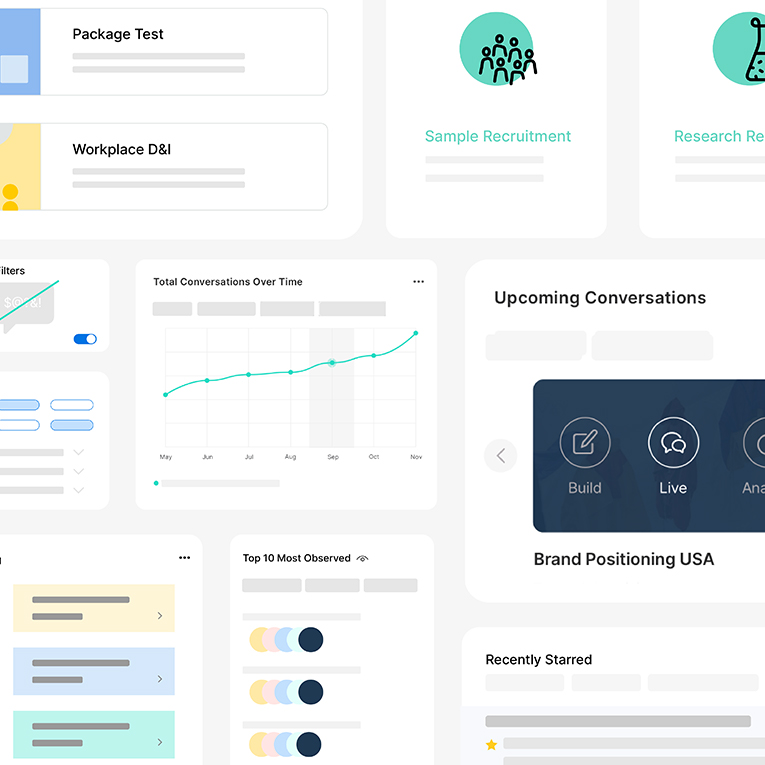.webp)
Trends
How to Calculate Your Sample Size Using a Sample Size Formula

.png)

.png)
Read More

.png)
.png)
.png)
Maria Noesi
November 25, 2021
Remesher
.webp)
Trends
How to Calculate Your Sample Size Using a Sample Size Formula

.png)

.png)
Read More

.png)
.png)
.png)
November 25, 2021
Remesher
.webp)
Trends
How to Calculate Your Sample Size Using a Sample Size Formula

.png)

.png)
Read More

.png)
.png)
.png)
November 25, 2021
Remesher
.webp)
Trends
How to Calculate Your Sample Size Using a Sample Size Formula

.png)

.png)
Read More

.png)
.png)
.png)
November 25, 2021
Remesher
.webp)
Trends
How to Calculate Your Sample Size Using a Sample Size Formula

.png)

.png)
Read More

.png)
.png)
.png)
November 25, 2021
Remesher
.webp)
Trends
How to Calculate Your Sample Size Using a Sample Size Formula

.png)

.png)
Read More

.png)
.png)
.png)
November 25, 2021
Remesher
Why Employee Engagement Matters and How to Measure It
Employee engagement might sound like another terrible buzzword but it really does matter and can make or break your employee happiness. Here's how you an define and measure it now.

Unless you’ve been living under a rock (anything is possible in 2018), you’ve noticed the formation and power of a multitudfe of social movements around us. From #MeToo to Black Lives Matter, and March For Our Lives. There is a shift occurring of some sort. A focus on the people. The power of each, individual person to impact something larger than themselves, but also something that is innately of themselves, as well.
Perhaps then that it’s no surprise that we’re also seeing this shift in corporate culture and organizations across every industry. Work is no longer just a 9-5, punch in, punch out, carry on with your lives as “The Man” carries on with theirs. People want to be part of something. Work is a massive part of the average human being’s life - in fact according to a Pew analysis of Labor Department data, the average American employee puts in 38.7 hours a week and works 46.8 weeks of the year- coming to about 1,811 hours worked per year. Not a shabby amount. Plus, with the prevalence of mobile devices and the expectation of availability, many people experience an “always on” working style. Naturally, people want to spend their time - whether inside or outside of work - doing something that they enjoy, growing, learning, and working towards a meaningful goal.
This means time spent at work really matters. A truly engaged employee is extremely beneficial for both the individual and the organization. This also means that companies have to adapt to the needs of their people. Just as with the many flourishing social movements, people are the ones who have to lead the way. While C-Suite buy-in is necessary for healthy employee engagement, it is your employees who have insight into what needs to happen for a productive, positive work environment to take shape.
What does “Employee Engagement” Actually Mean?
In order to achieve real employee satisfaction, you must first create employee engagement. Ah yes, another corporate-speak buzzword, “employee engagement”. But what does it really mean?
According to a live Remesh session we held with a group of HR professionals, the top rated answer was that Employee Engagement means “employees are motivated to do their best, they believe in the organization's culture and values and are committed to the organization’s goals.”
According to a study by Gartner, 65% of employees are thinking about changing companies and 54% feel low energy and enthusiasm in their work. While dire, these numbers aren’t necessarily the most surprising in our work-driven culture.
Highly engaged employees can maximize a company’s investment in its people, improve productivity, and significantly reduce costs such as turnover. This obviously sounds quite magical. So how exactly do organizations help boost employee engagement?
According to a study by Harvard Business Review, the most impactful ways to cultivate employee engagement are:
Ways to cultivate Employee Engagement
% of respondents who agreed
Recognition given for high performers
72%
Individuals have clear understanding of how job contributes to strategy
70%
Senior leadership continually updates/communicates strategy
70%
Business goals communicated company-wide and understood
69%
Individual staff goals aligned with corporate goals
67%
It can be hard to say what the most impactful ways to encourage employee engagement for your company are since every organization varies in size, culture, values, and leadership. However, a great place to start would be by first measuring your current employee engagement.
How to Measure Employee Engagement
Develop Your Definition
It’ll be quite hard to measure something if you don’t define it first! Make sure your organization is aligned on what employee engagement means so you’ll have a better understanding of how to capture it.
We really like this definition from Decisionwise:
“Employee Engagement is an emotional state where we feel passionate, energetic, and committed to our work. In turn, we fully invest our best selves- our hearts, our spirits, minds, and hands- in the work we do.”
Oh man that’s some good stuff. Here are a few other definitions we received from HR professionals in our live Remesh session:
“Employees are involved, contributing, and growing.”
“Employees are excited about their work and willing to give extra effort.”
“Keeping employees interested in their jobs so they continue to have a passion for it.”
Collect Feedback
There are many tools and formats out there for collecting employee feedback so you may have to sample a few types before you find your company’s favorite flavor of feedback tool🍦 (because testing employee engagement tools is almost as fun as eating ice cream).
Surveys are a great, simple way to get quick feedback on your employee’s happiness. Pulse surveys- a simple, fast, and frequent survey- are very popular and are an easy way to constantly check your company’s “pulse.”
Additionally, there are engagement tools that have a component of artificial intelligence that allow employees to answer open-ended questions while you receive data on their responses in real time. These anonymous tools allow you to understand your employees outside of the traditional 0-10 responses and can help uncover issues or challenges you may have never even known to ask about. If it sounds like something up your alley you can learn more about AI-fostered employee engagement here.
Carry out One-On-One Conversations
In addition to collecting and analyzing employee responses en masse, make sure to carry out face-to-face interviews, where you can dive into topics tailored to that individual. Managers should also be meeting with their employees to discuss their happiness, not just topics specifically related to doing their job.
Develop a Cadence
Successful employee engagement is never “one and done”! You need to constantly be asking your employees how the company can do better and to actually implement the feedback you get. You’ll find people are much more willing to share their opinions if they know it can actually make an impact. Even if you never get around to implementing the wine kegerator.
All in all, we’d say it’s pretty clear that employee engagement matters. As humans, we want to feel heard, like our opinions matter, and that we can generate honest, real change. And as the HR professional it’s your job to make that happen.
Go get ‘em, Tiger.🐯
Want to learn more about ways to boost employee engagement? Curious about how other companies are doing it? Grab our free report- the State of Employee Engagement 2018 now!
Editor's Note: Originally the post included the phrase "drive employee engagement". A reader reached out to me and pointed out that if employee engagement is truly an emotional state, it is something that cannot be "driven" for then it will be destroyed. Employee engagement can be cultivated, fostered, and encouraged but the reader was correct in saying that for real, authentic, employee engagement to exist, it cannot be something created in a pure business sense. I thought it was worth relaying this message and encouraging those in the position to impact company cultures and its people to think about employee engagement this way- something that must be organic, authentic, and human.
Stay up-to date.
Stay ahead of the curve. Get it all. Or get what suits you. Our 101 material is great if you’re used to working with an agency. Are you a seasoned pro? Sign up to receive just our advanced materials.






